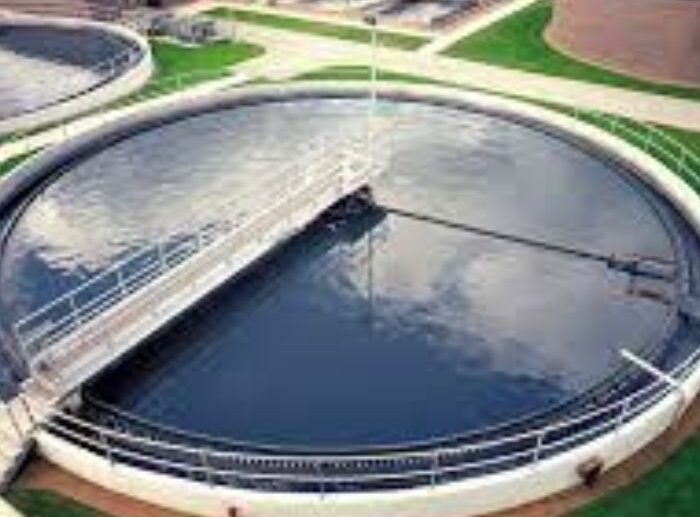
What do we mean by wastewater? It, in general, refers to any type of water that is unfit for use. Examples of wastewater are agriculture run-off, domestic, and industrial used water.
What is wastewater treatment? It is a big step in preventing freshwater sources from getting polluted. The process uses special methods and machines to remove pollutants, like metals, microorganisms, debris, and biowaste. Thus, the water returned to these sources is safe and clean, be it groundwater or surface water.
Since it is a daunting task, wastewater treatment is done in different stages. These stages are primary, secondary, and tertiary. Each of these deals with different aspects of cleansing.
Sewage Treatment Plant or STP
STP treatment involves these steps:
- Infiltration
- Grit removal
- Primary sedimentation tank
- Secondary sedimentation tank
- Secondary clarification
This process treats domestic wastewater and commercial waste. Full-fledged STP etp water treatment will clarify the wastewater up to the maximum extent.
Effluent Treatment Plant or ETP
ETP also uses the same process as STP. The only difference is it uses more advanced technology. ETP water treatment results in the effluent having a lower Biological Oxygen Demand or BOD.
Three essential stages of wastewater treatment
Wastewater treatment cleanses wastewater before it is returned to waterways or used as a reclaimed water source. Three stages of wastewater treatment are:
Primary Wastewater Treatment
Primary treatment refers to the mechanical and biological process of removing solids and settleable materials. It also removes other contaminants that cannot be broken down into smaller components.
The first stage of wastewater treatment is done using a series of tanks and clarifiers. It removes 50 to 90 percent of solids and floatable material from wastewater. Solid removal provides the right conditions for physical, biochemical, and other natural processes that can remove solids from wastewater.
The main purpose of primary wastewater treatment is to stop human health hazards, protect ecosystems of freshwater, and preserve the quality of receiving water.
Essential processes of Primary wastewater treatment are screening, sedimentation or skimming, grit removal, chemical precipitation, biological treatment, etc.
Secondary Wastewater Treatment
Secondary Wastewater Treatment is a two-fold process. In the first step, wastewater is allowed to settle for a few hours or days depending on the density of impurities. Large particles settle to the bottom. Then the water from the top is removed and sent to the next step.
In the secondary step, contaminants that still remain after the first step are removed. The methods used for this are biofiltration, aeration, and oxidation pond.
Biofiltration uses porous materials biofilters to remove any residual sediment. Organic matter breaks down into CO2 and Water.
Aeration diffuses air into wastewater. It aids the removal of pollutants.
Oxidation ponds are lakes, ponds, or reservoirs rich in nutrients. They cause the oxidation of organic compounds in wastewater.
Tertiary Wastewater Treatment
Tertiary wastewater treatment follows primary and secondary wastewater treatment. The first two steps remove impurities, and the third step makes it potable.
There are a number of processes in this that make it possible to send the treated water to the natural resources or make it useful for household usage. Carbon filtration, advanced oxidation, ozone injection, and Reverse Osmosis (RO) is to name a few.
CHFour Energy is one of the best Wastewater Treatment Manufacturer in Pune, India. Contact us for more information and the best deals!